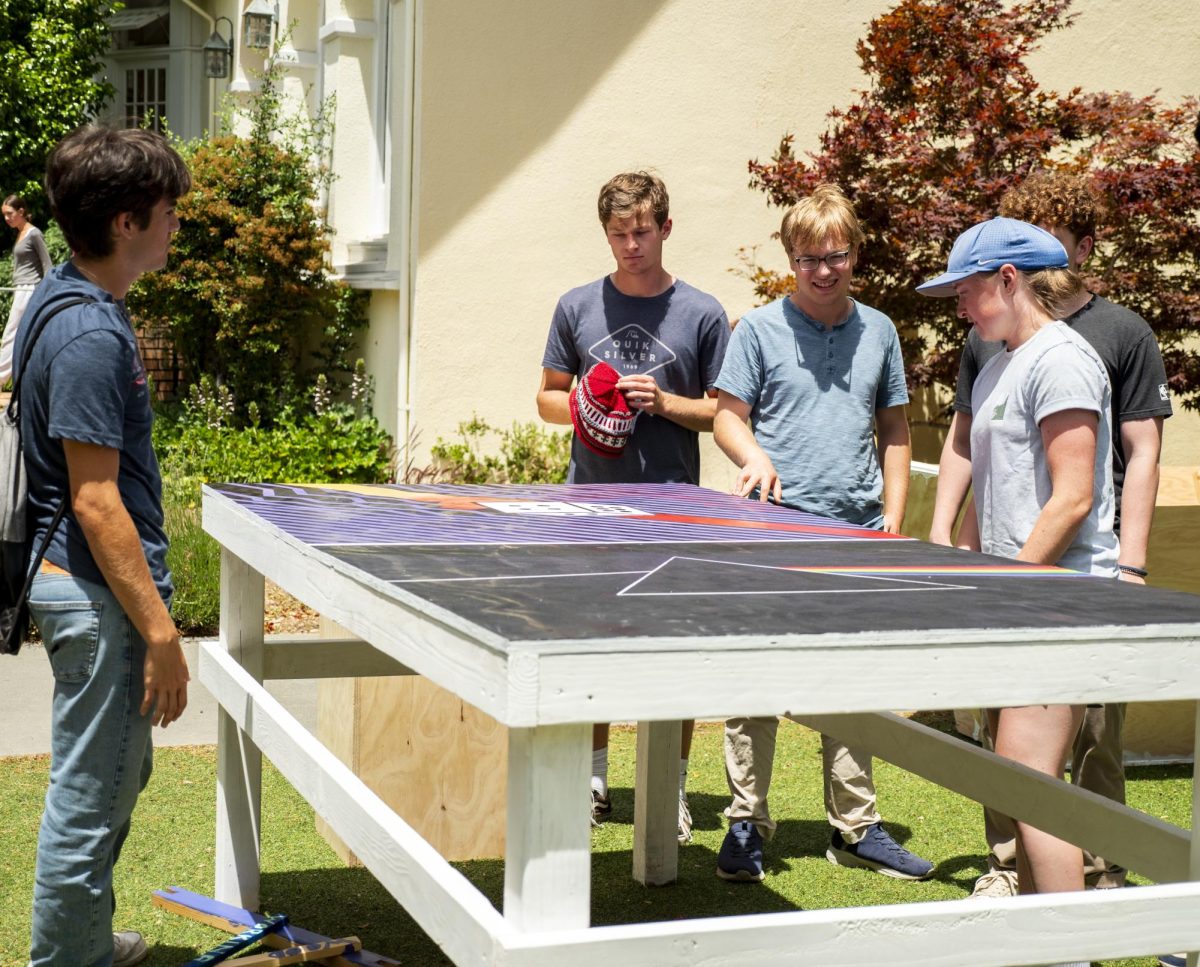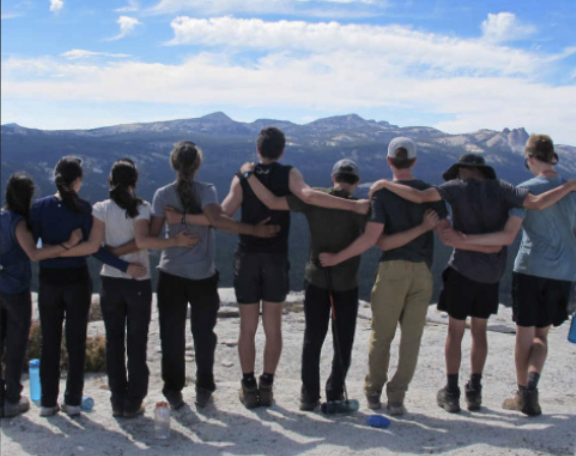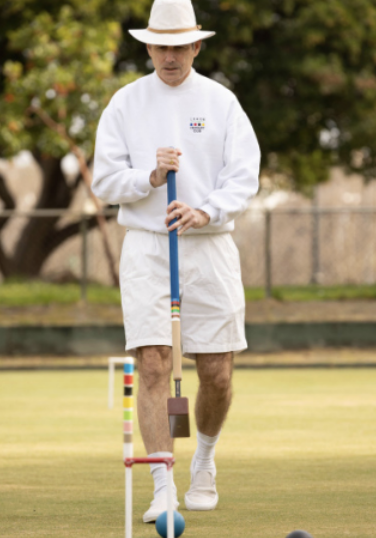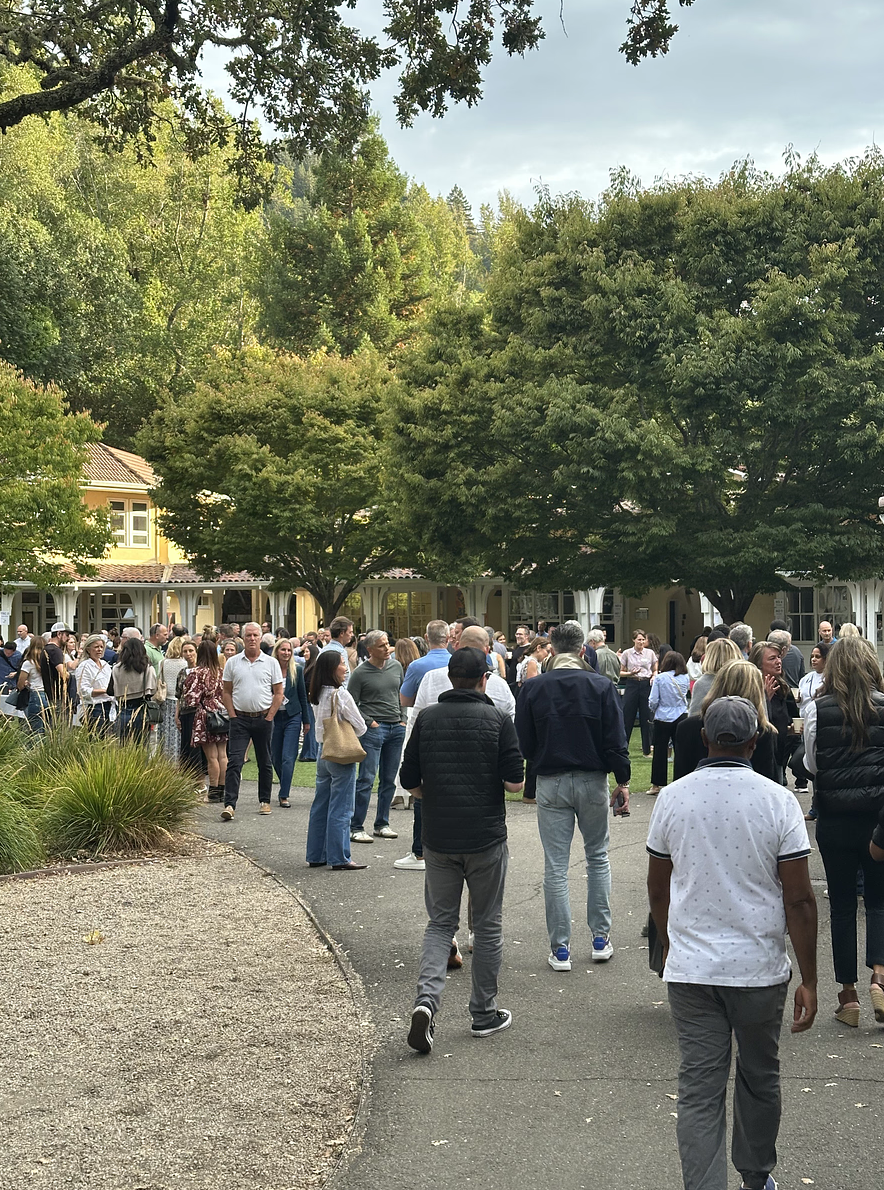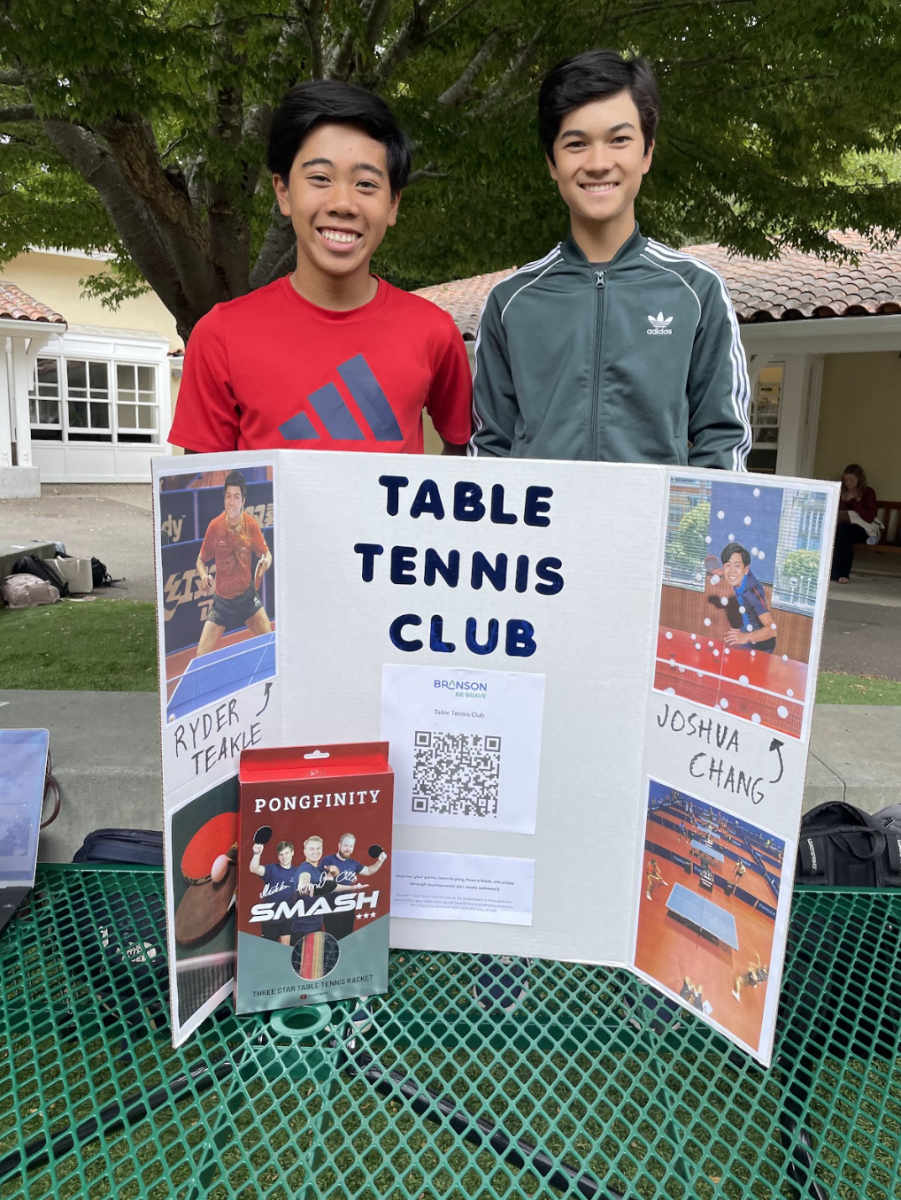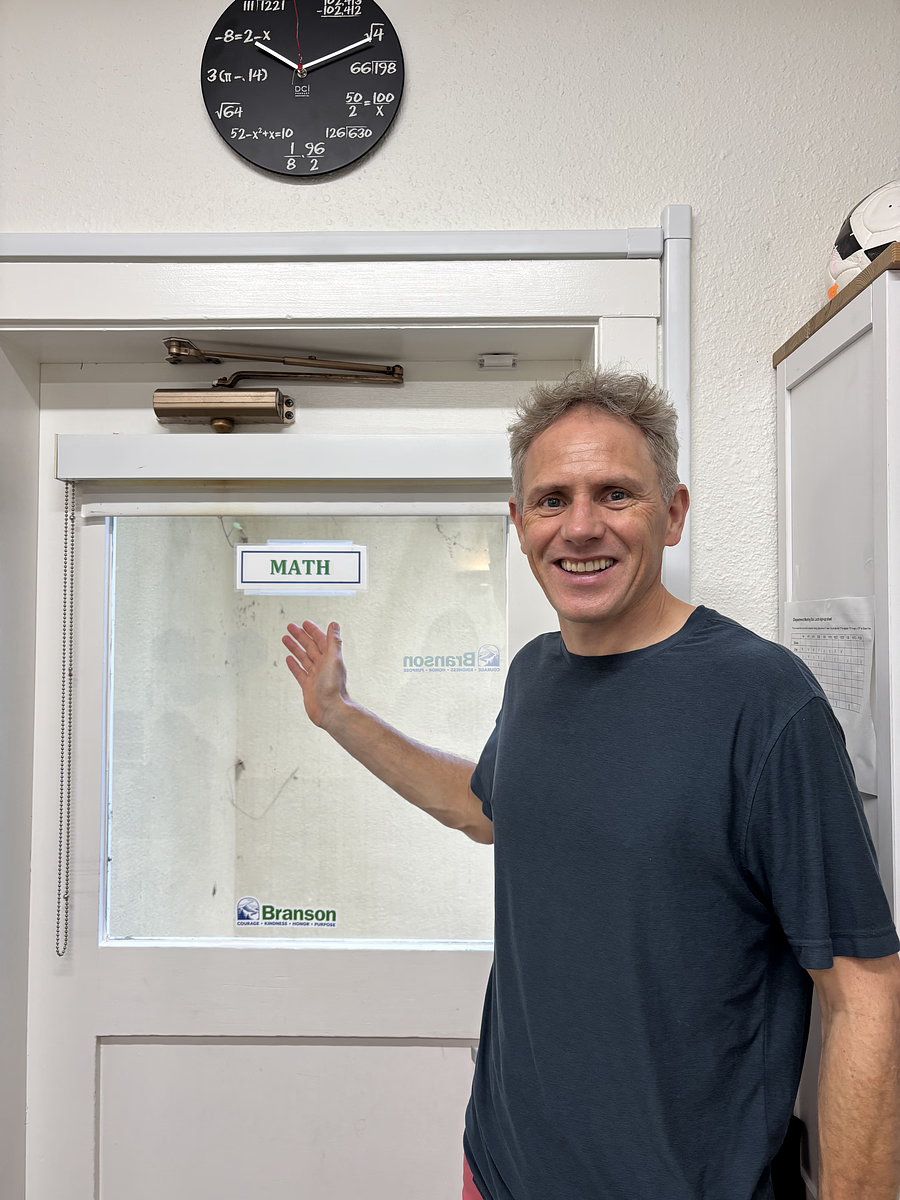Immersives every year provide students with the opportunity to dive into specialized fields through two-week courses co-taught by faculty and staff. Among this year’s offerings is a woodworking immersive taught by history teacher Talia Di Manno and math teacher Gayatri Ramesh. This hands-on course introduces students to the art of carpentry while fostering creativity and self-confidence. I spoke to Di Manno and Ramesh about their upcoming immersive.
What do students do in the woodworking immersive?
“The woodworking immersive is an introduction to carpentry,” said Di Manno. “We’re introducing students to tools — both hand tools and power tools — and how to safely use them. The hope is that students gain confidence both working with tools and creating objects out of wood.”
Students begin by creating a toolbox to develop foundational skills. From there, they are encouraged to explore their creativity.
Ramesh emphasized the balance of structure and freedom: “We start with projects like the toolbox and birdhouse to guide students, and then we let them pursue creative projects of their own choosing.”
What is your personal interest or connection with woodworking?
For Ramesh, woodworking started during the COVID-19 pandemic.
“I built a picnic table and bench, and from there, it just expanded into a whole vast field,” she said. “What I like about working with Talia is that we just experiment with things. We don’t need a perfect start; we make mistakes, we reiterate.”
Di Manno’s connection to woodworking is rooted in her family.
“My grandfather was a carpenter, and my mom worked in the construction industry when I was a kid. My brother and I would build things like tree houses,” she said. “It’s always been a creative outlet for me.”
Are you planning anything different from last year for this immersive?
Last year, students created a wide range of projects, from garden tables to candle holders. While the immersive allows for flexibility, the instructors hinted at some potential updates.
“This year, we might be working in collaboration with the birding immersive. Students might make an owl birdhouse,” Di Manno said.
What is your favorite part about teaching this course?
“I enjoy seeing the students light up when they get something done. It’s that sense of accomplishment,” Ramesh said.
Di Manno said, “I love the moment when students feel confident using power tools. It’s incredible to see them go from being afraid to use something new to realizing that, by the end of day one, they can build something.”
Ramesh noted the broader impact of this empowerment.
“Traditionally, power tools were built for men, but now companies are creating tools that are more accessible to everyone,” she said. “There’s this growing movement of women in woodworking, and it’s inspiring to see students, especially girls, embrace these skills.”
Through their shared love for carpentry and their collaborative teaching style, Di Manno and Ramesh have created an experience that leaves a lasting impact on their students.
“Seeing students light up when they finish a project is the best part,” Ramesh said. For Branson’s aspiring carpenters, this immersive is not just about making things — it’s about discovering what they’re capable of.

